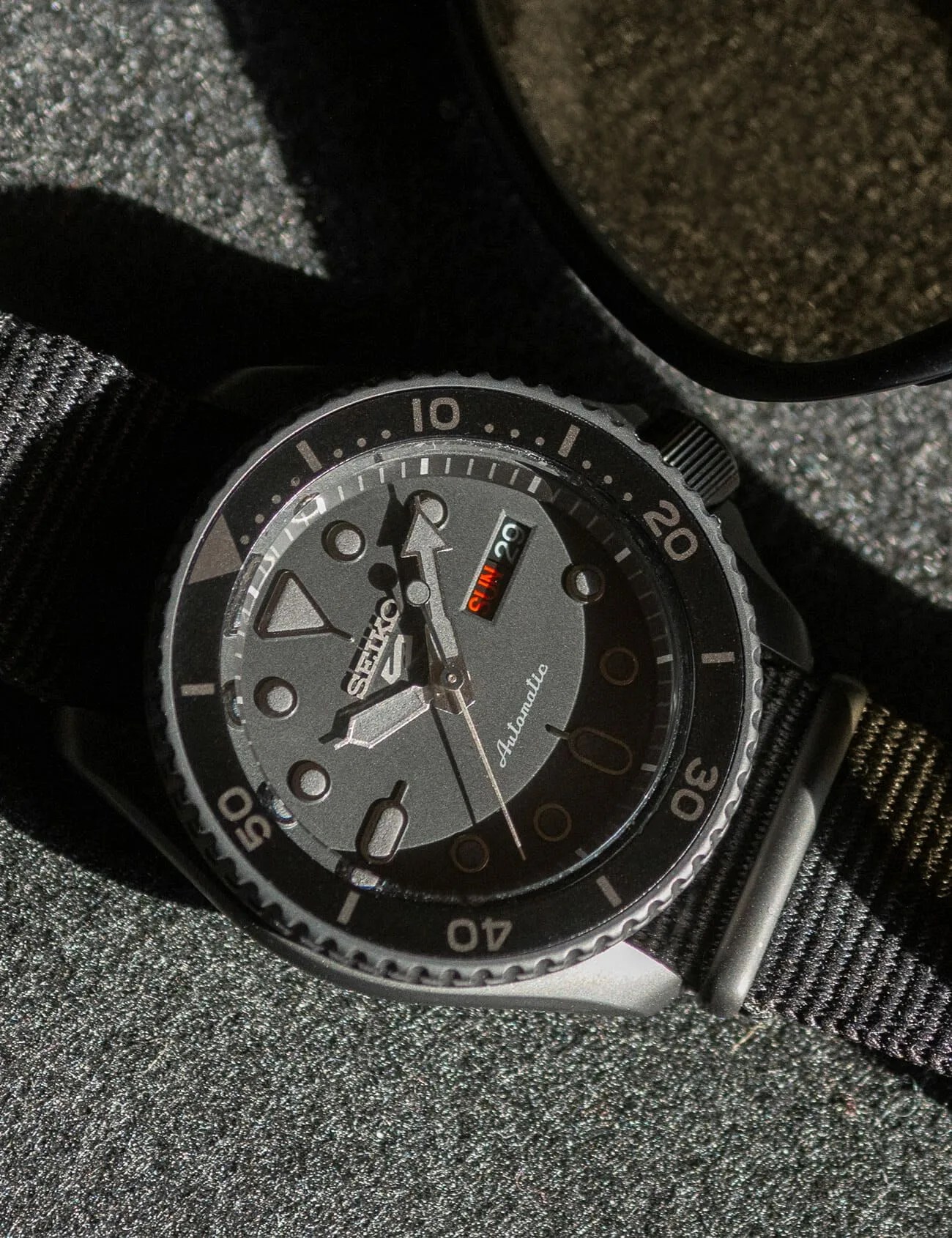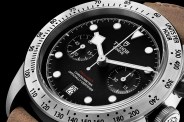Welcome to Counterpoint, a series in which we challenge commonly held ideas about well-known products. This time: illegible watches.
“People don’t buy a watch to read the time.” Jean-Claude Biver, head of LVMH’s watchmaking division, claims to have pioneered the now popular concept of a totally blacked-out watch: “When I told my head watchmaker at Hublot that I wanted a black watch that won’t let you read the time, the 70-year-old watchmaker almost fainted.”
Is Mr. Biver an innovative industry disruptor or a force that serves only to make watches irrelevant?
A watch as an ephemeral, non-functional fashion accessory is fine for some people. (To be fair, we sometimes cover them here on Gear Patrol.) However, for those who invest in a watch for years of use and enjoyment, legibility will significantly affect your experience — and it should be at the top of your list of criteria for evaluating a good watch.
Why is legibility important?
Brands might consider a striking design that sells watches to be “successful.” More than something that catches your eye in a retail environment, however, a watch is something you live with, that accompanies you through the day like few other items do. A watch is different from other jewelry partly because it’s interactive. Mr. Biver is right that no one needs a watch in order to tell the time — but a watch can, in fact, be handy, as well as fulfilling to own and use.
You can probably manage to read even the most illegible and poorly designed timepieces if you squint and move a them around in the light. When using a watch over the longterm, however, seconds or even fractions of seconds spent struggling to read the time can add up. They amount to a sense of frustration, and to watches that spend less time on wrists. Immediate, smooth legibility, on the other hand, affords an experience of comfort and satisfaction.



